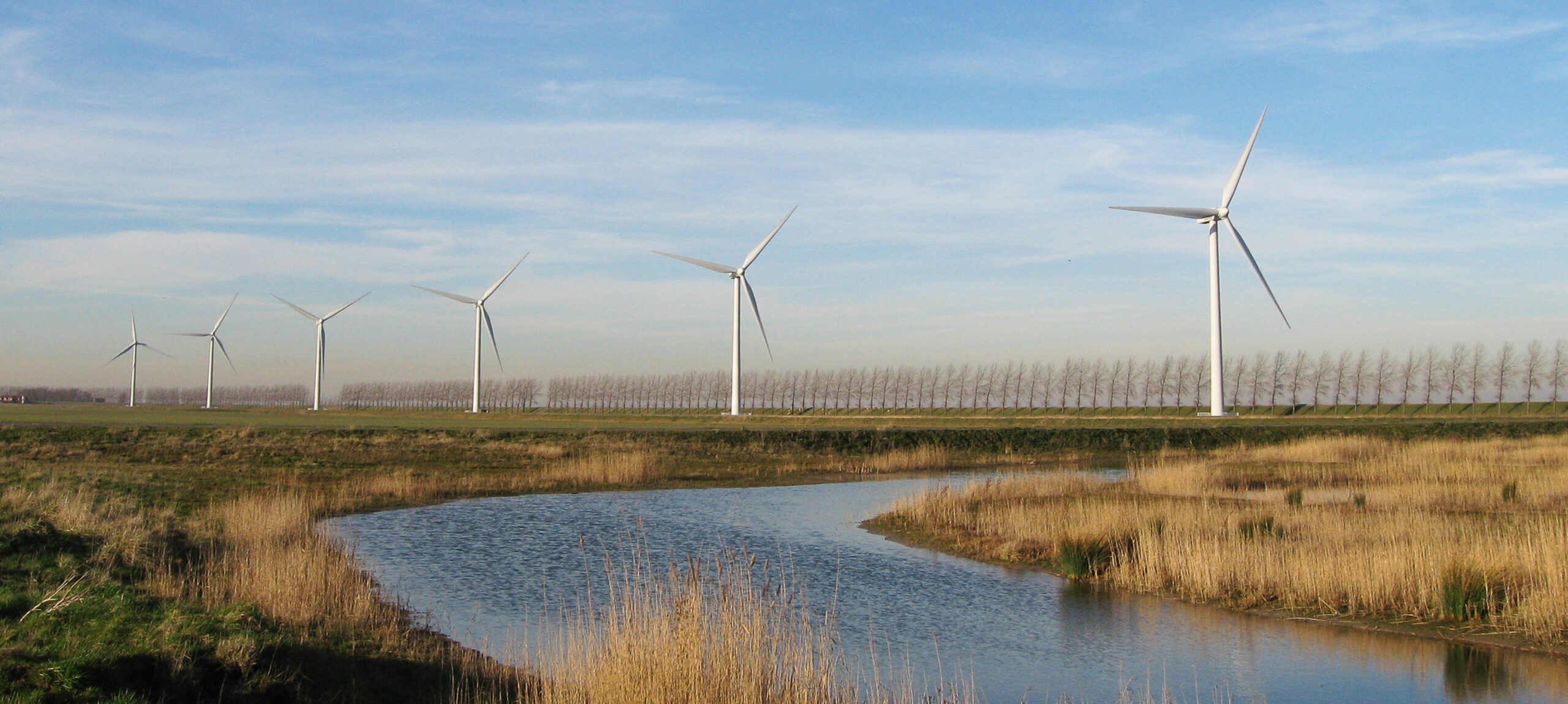Production of green hydrogen in the wind turbine
What do a wind turbine and hydrogen have in common? At first glance not so much, but there is a lot going on. There is research being done to the integration of green hydrogen production in a wind turbine. By integrating an electrolyser directly into the wind turbine, green hydrogen can be produced more efficiently and cheaply. In addition, this technological development is also aimed at reliable production. This H2GO project is investigating whether it is possible to convert existing ordinary wind turbines from Eneco’s Van Pallandtpolder windfarm into hydrogen wind turbines.
First, research will be carried out into the feasibility of converting the wind turbines into hydrogen wind turbines, using electrolysers. In this project, there is no question of a fully integrated hydrogen turbine, but of a hybrid version. An electrolyser (or several) can be connected to the wind farm turbines and to the electricity grid. When it turns out that hydrogen can be produced in the Van Pallandtpolder with the combination of wind turbines and electrolysers, the adjacent village of Stad aan ‘t Haringvliet will be supplied with this green produced hydrogen. In addition to hydrogen production for the built environment, it is being investigated whether a connection can be made with other (large) hydrogen consumers via existing hydrogen infrastructure in the port area.
Who are the initiators?

![]()
![]()

